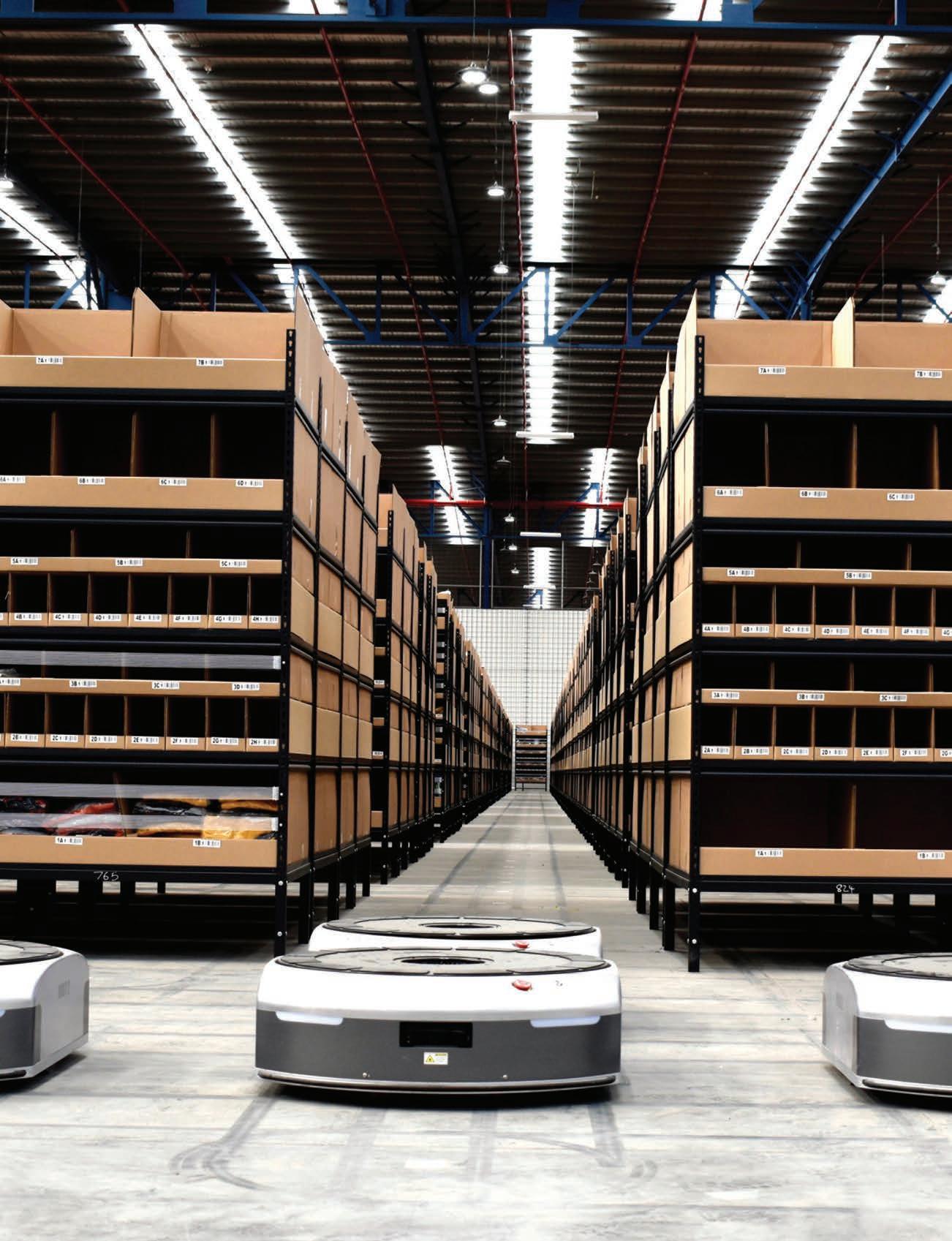MHD COVER STORY
SOLVING INDUSTRY CHALLENGES WITH AGVS
In a competitive environment like food and beverage logistics, AGVs can present a number of efficiency and productivity benefits. MHD speaks with Tony Raggio, General Manager Sales – AGV at Dematic to find out more. Dematic has helped Lactalis Australia to achieve increased productivity at its Lidcombe Milk Site in NSW.
F
ood and beverage (F&B) companies across Australia and New Zealand are facing increasing challenges in a hyper-competitive environment, including cost pressures and the squeeze on margins, reduced availability of labour, and the need to maximise customer service levels, improve occupational health and safety, and increase visibility and traceability across operations. According to Tony Raggio, General Manager Sales – AGV at Dematic more and more local companies are replacing manual forklifts with Automated Guided Vehicles (AGVs) to address these specific challenges and improve productivity, reliability, efficiency, and flexibility in their manufacturing and warehousing facilities. 22 | MHD MAY 2020
COST PRESSURES The imperative to optimise productivity and reduce costs in supply chains has never been greater for F&B manufacturers, Tony says. “While labour costs continue to rise and drive the need to increase productivity, these cost pressures are being compounded like never before by the increasing concentration of the grocery retail market, and increasingly price conscious consumers,” he says. Grocery retailers putting pressure on manufacturer margins Grocery retailers are in a unique position of strength and this has major implications for F&B manufacturers. In Australia, the market share of the two top grocers stood at 68 per cent in
2017-18 according to IBISWorld, one of the most concentrated grocery retail markets in the world. The New Zealand the concentration is even higher, with the top two grocery holding 79 per cent market share. Major grocers are also consolidating market share in liquor retail. Australia’s two major grocers – with their big box liquor outlets and aggressive pricing – now control 67 per cent of the alcohol retail market. “The grocers have leveraged their position to drive strong agreements with suppliers, eroding suppliers’ margins and enabling them to offer low store prices that smaller outlets find difficult to compete with. They are also using their position to drive their own






















